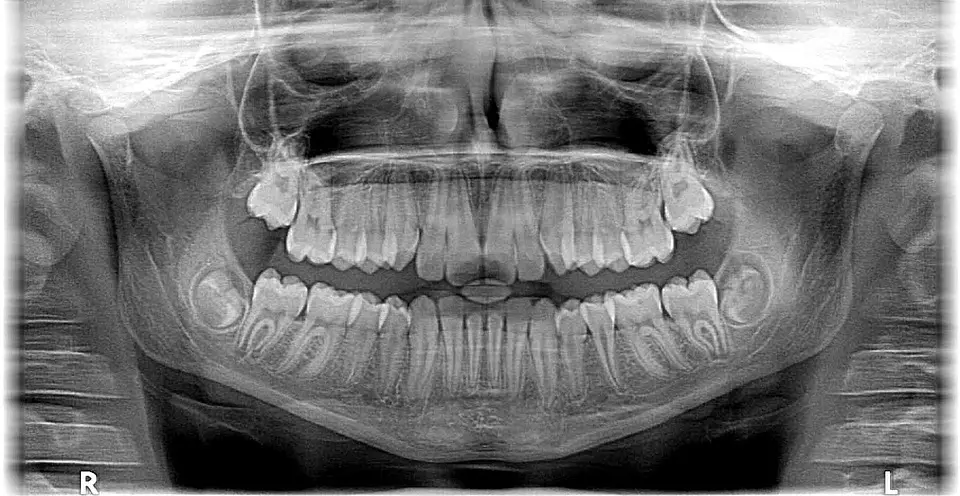You may have heard your dentist dictating numbers to the dental assistant while examining your teeth. They may say something like this: “Cavity in 4-3, missing 1-8.” With references like these, your dentist is telling the assistant to take note of the state of your teeth and the work that they may require.

(Pixabay / jarmoluk)
Dentists use a numbering system to identify the different teeth in your mouth. Complicating matters, there’s not just one numbering system. Rather, there are three systems commonly used in the dental field.
The Universal Numbering System
This is the system adopted by the American Dental Association. It assigns number 1 to the tooth that is located farthest on the right side of the mouth in the upper jaw. The sequence of numbers continues along the upper teeth, moving toward the front of the mouth. Numbering then continues with the tooth that is farthest to the left side of the mouth assigned number 16. The numbering then moves to the lower teeth, with number 17 assigned to the tooth that is farthest to the back on the left side of the jaw. Tooth number 17 is exactly below tooth 16. The numbering continues to the front and then to the right of the mouth, with the tooth farthest to the right side of the lower jaw assigned number 32. The numbering includes any missing teeth.
The Palmer Notation Numbering System
Oral surgeons, pedodontists (children’s dentists), and orthodontists use this system. An Austrian dentist named Adolf Zsigmondy developed this system in 1861. It divides the mouth into four quadrants. There are eight teeth, numbered from 1 to 8, and a symbol to identify the quadrant. The numbering begins from the center of the mouth, moving to the back. The upper right quadrant assigns the incisor as tooth number 1, with the third molar in the back labeled number 8. An L-shaped symbol identifies the quadrant in the upper left. The quadrant in the upper right uses a backward L. The L is upside down following the same pattern of the upper teeth.
The Federation Dentaire Internationale Numbering System
This two-digit system is used internationally. Each quadrant has an assigned number. The upper right quadrant is assigned number 1, while the upper left quadrant is assigned number 2. The lower left quadrant is number 3, while the lower right quadrant is number 4. The teeth in each quadrant are assigned the numbers 1 to 8, beginning with the incisor and ending with number 8 for the third molar.
Understanding more about the numbering system that your dentist uses will enable you to be more aware and engaged during your next checkup.
